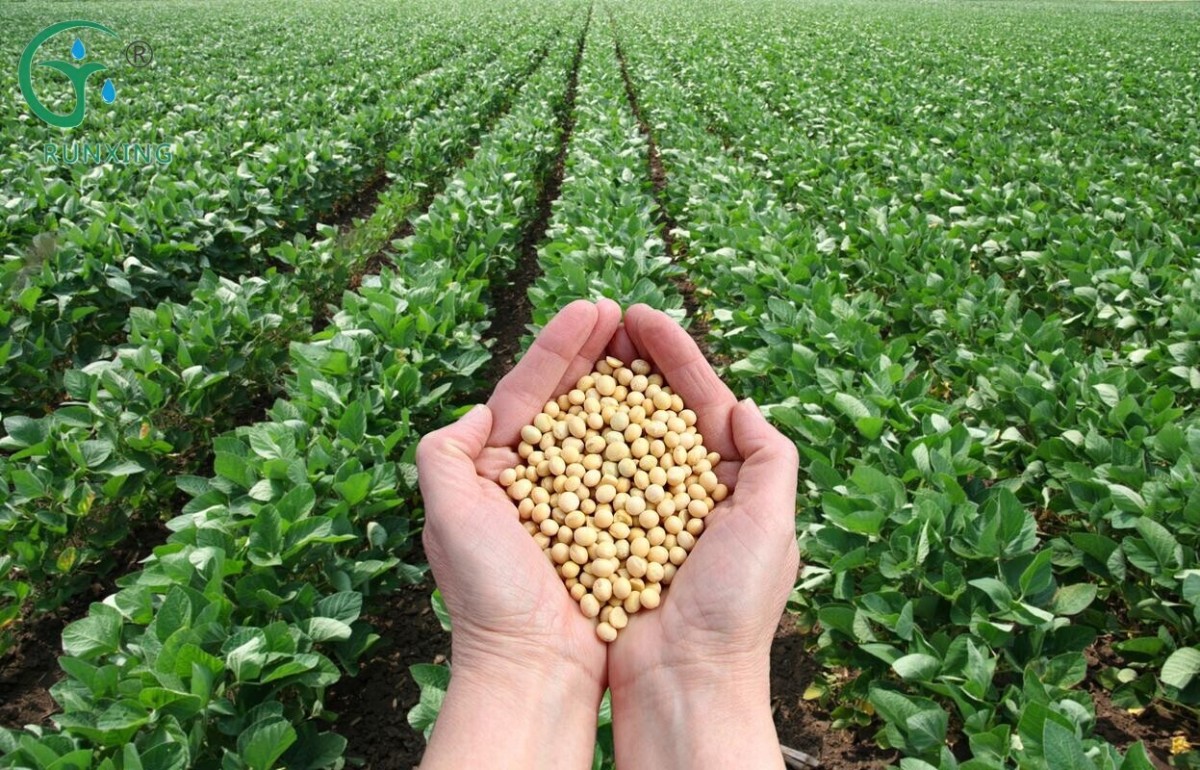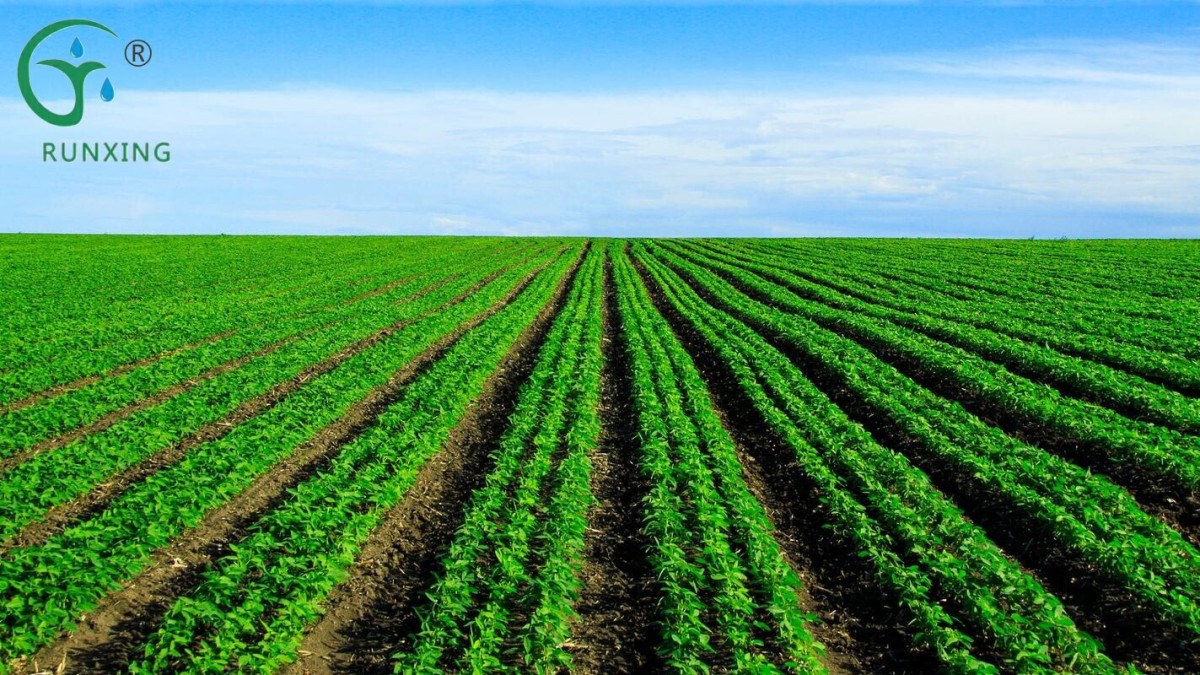Popular Science of Soybean Cultivation and Drip Irrigation Facilities in Argentina
Argentina, as the world's third-largest soybean producer, boasts a soybean cultivation area of up to 20 million hectares with an annual average production exceeding 50 million tons. This remarkable achievement is not only attributed to the fertile soil and temperate climate of the region but also to the widespread application of sustainable agricultural planting technologies, among which drip irrigation facilities play a crucial role in enhancing soybean yields.

Does Soybean Cultivation in Argentina Require Drip Irrigation Facilities?
Yes, drip irrigation facilities are indeed necessary for soybean cultivation in Argentina. Although some parts of Argentina enjoy exceptional natural conditions, the use of drip irrigation technology can significantly improve water resource utilization efficiency, reduce evaporation and waste, and ensure that soybeans receive uniform and appropriate water supply during their growth process. Especially in arid areas or those with limited water resources, drip irrigation facilities are indispensable.
What Drip Irrigation Equipment is Needed?
Drip irrigation equipment primarily includes water supply devices, water conveyance pipelines, and drip parts.
Water Supply Devices: These include water sources, water pumps, flow and pressure regulators, fertilizer tanks, and fertilizer injectors. The water source can be existing pools, wells, or simple water storage tanks. The water pump provides the required water pressure to ensure that irrigation water can be smoothly conveyed to the drip irrigation pipelines.
Water Conveyance Pipelines: These pipelines direct water from the water supply devices to the drip irrigation areas in greenhouses or fields. They typically include main pipes and branch pipes, with drip irrigation tubes directly installed on the branch pipes. Filters are installed on the water conveyance pipelines to prevent rust and sediment from clogging.
Drip Parts: Drip irrigation tapes are commonly used, with continuous drip holes. When the water pressure reaches a certain level, water drips from the holes into the soil, directly supplying the soybean roots.
How to Lay and Install?
The laying and installation of drip irrigation equipment typically include the following steps:
Planning and Design: Design the layout of the drip irrigation system based on the terrain, soil type, and irrigation needs of the soybean field.
Digging Ditches and Trenches: Excavate pipeline ditches according to the design requirements, ensuring that the depth and width of the ditches meet the installation and pressure bearing requirements of the equipment.
Installing Pipelines: Lay the water conveyance pipelines in the ditches, ensuring that the pipelines are tightly connected and free from leakage.
Installing Drip Irrigation Tapes: Install drip irrigation tapes on the branch pipes, ensuring that the drip holes are facing upwards so that water can directly drip into the soil.
System Debugging: After installation, conduct system debugging to ensure that the drip irrigation system operates normally.
What is the Required Water Consumption and How to Control It?
The water consumption of drip irrigation systems during soybean growth depends on multiple factors, including soil type, climatic conditions, soybean varieties, and growth stages. Generally, soybeans have higher water demands after sowing, during flowering, and pod-setting stages. The drip irrigation system can precisely control the water consumption per soybean plant by adjusting the water pressure and flow rate, avoiding waste and over-irrigation. Typically, a water consumption of 20-30 cubic meters per mu (approximately 0.067 hectares) is suitable for soybean fields.

How to Better Cultivate Soybeans?
Apart from drip irrigation facilities, the following cultivation techniques can also help increase soybean yields:
Soil Management: Select land with flat terrain, deep and fertile soil, and good water and fertilizer retention capabilities for planting. Improve soil permeability and water retention by deep plowing and rotary tillage.
Seed Selection: Choose soybean varieties that are high-yielding, high-quality, tolerant to dense planting, resistant to lodging and pests and diseases.
Reasonable Planting Density: Determine the planting density of soybeans based on soil fertility and climatic conditions to ensure that each soybean plant receives sufficient sunlight and nutrients.
Scientific Fertilization: Based on soil test results and soybean nutrient needs, apply fertilizers scientifically to ensure balanced nutrient supply for soybeans.
Pest and Disease Control: Monitor the pest and disease situation in soybean fields in a timely manner and take effective prevention and control measures to prevent pests and diseases from affecting soybean yields and quality.
Crop Rotation and Fallow: Improve soil structure, increase soil fertility, and reduce the occurrence of pests and diseases through crop rotation and fallow.
In summary, drip irrigation facilities play a significant role in soybean cultivation in Argentina. By selecting appropriate drip irrigation equipment, laying and installing scientifically, precisely controlling water consumption, and adopting effective cultivation techniques, soybean yields and quality can be significantly improved.
If you have any needs, please contact us.
About Us
We are dedicated to offering innovative, water-saving, and labor-saving irrigation solutions for agriculture worldwide. Our focus on quality and continuous innovation drives the development and progress of the industr
LOGO
This stunning beach house property is a true oasis, nestled in a serene coastal community with direct access to the beach.
Opening Hours
Monday - Friday : 9AM to 5PM
Sunday: Closed
Closed during holidays
Contact
+18888888888
hezuo@eyingbao.com123 West Street, Melbourne Victoria 3000 Australia
